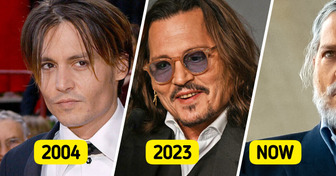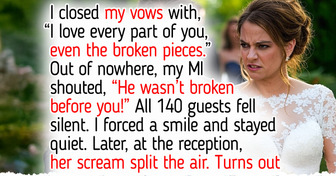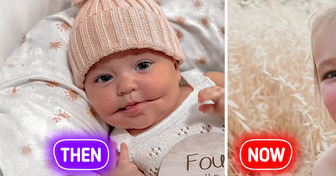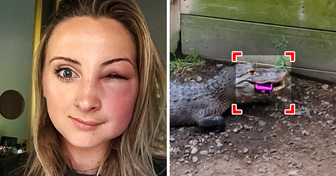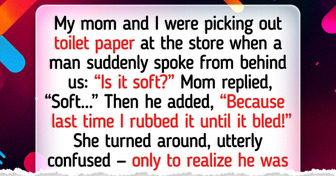8 Costume Mistakes in Historical Shows & Movies That You Probably Never Noticed
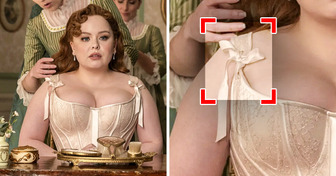
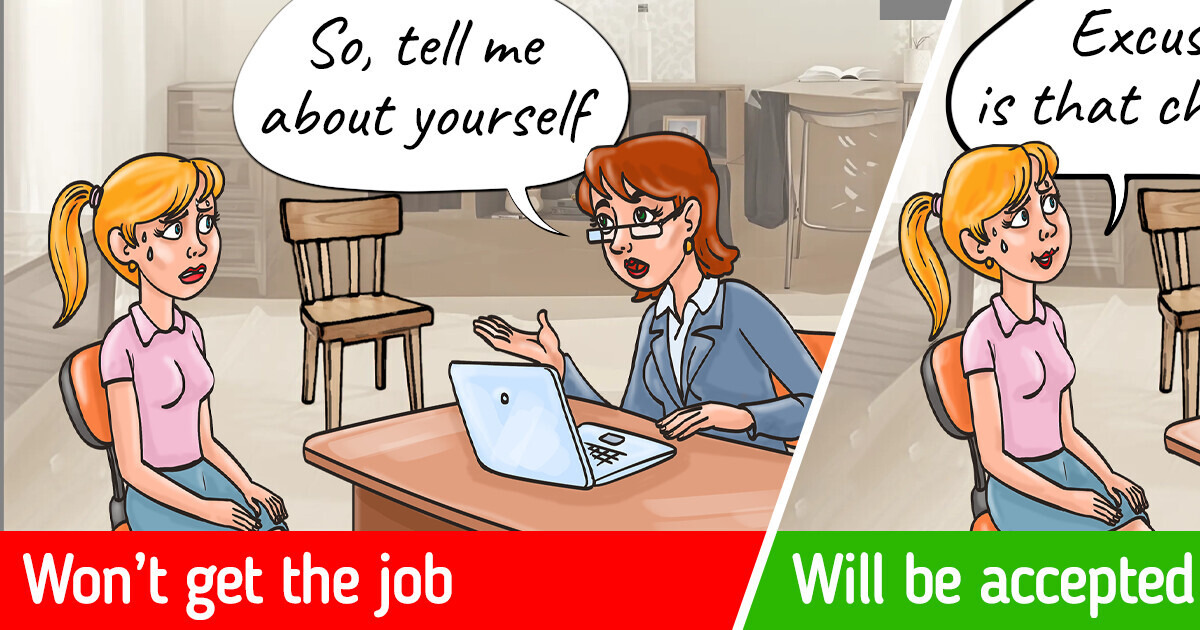
Job interviews are not only meant to assess your skills and experience — they often serve as a test of your character and how you react to the unexpected. Some companies have come up with clever ways to evaluate candidates, sometimes without them even realizing it. One such technique has gained attention for its simplicity and effectiveness, subtly observing applicants' behavior without their knowledge.
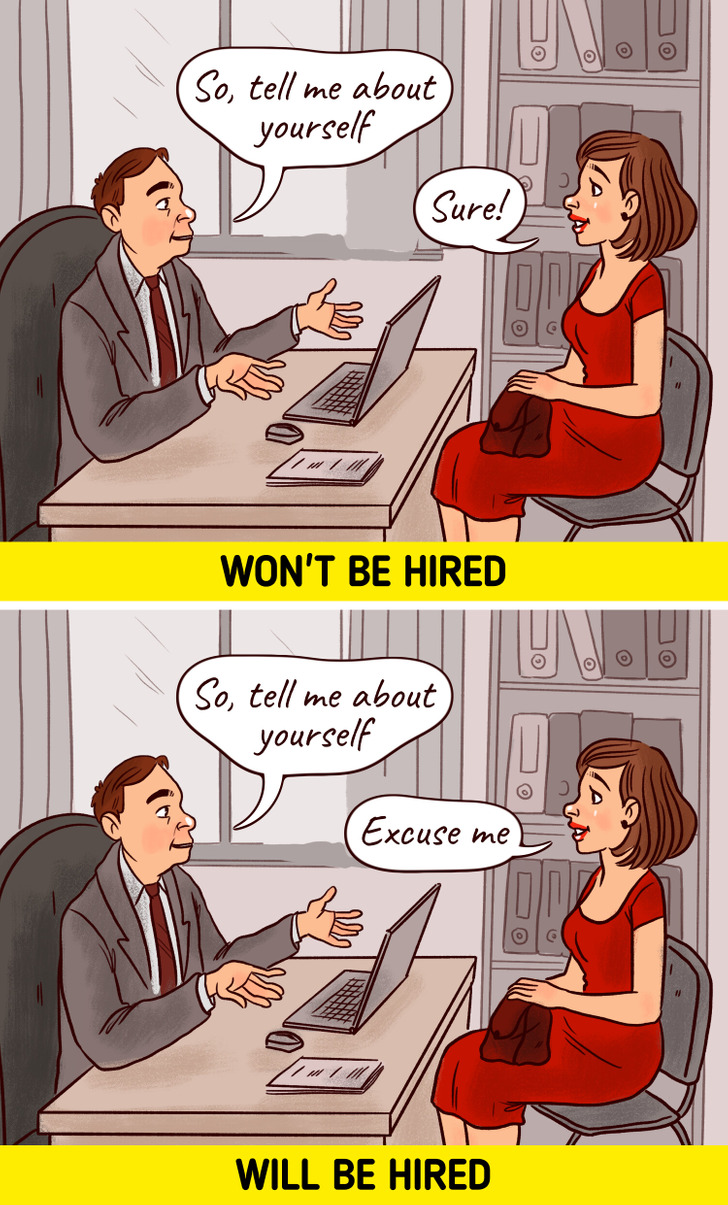
The "chair" method is a subtle yet revealing tactic used by some interviewers to test a candidate’s assertiveness and comfort in handling unexpected situations. The interviewer intentionally sets a wobbly chair for the applicant, placing it in front of their desk. To make it even more intriguing, a second, more stable chair is positioned at the back of the room, offering the candidate an opportunity to correct the situation.
The test isn’t about the chair itself — it’s about whether the applicant will be bold enough to pause the interview and address the discomfort, signaling their ability to speak up and advocate for themselves when necessary.
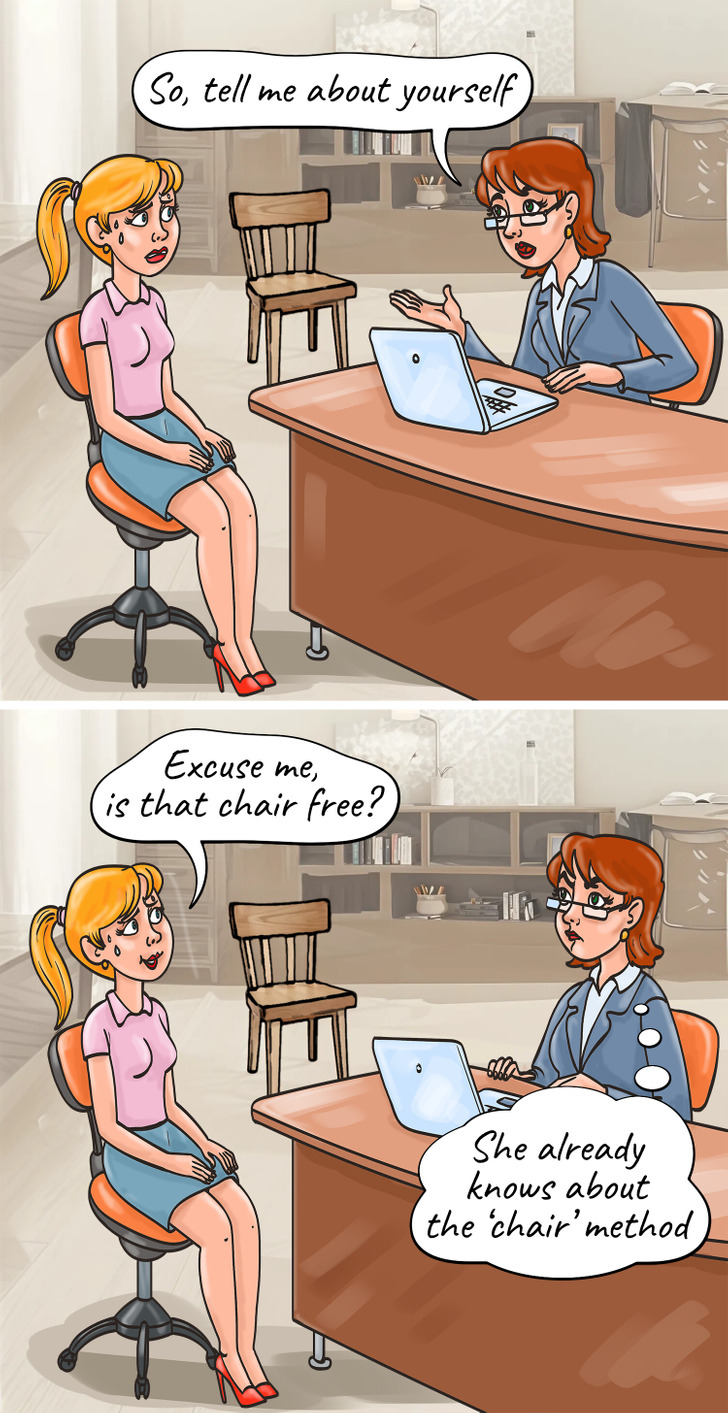
If you ever find yourself in a situation like this, don’t be afraid to pause and speak up. Remember, interviews go both ways; you are evaluating them just as much as they are evaluating you. If you notice the chair is uncomfortable or unstable, take a moment to politely ask if you can switch chairs.
A simple request, such as, “I’m sorry, but would it be possible to exchange this chair for the one in the back?” shows confidence and that you’re not afraid to address small inconveniences, a valuable trait in any workplace. Speaking up respectfully can also demonstrate that you prioritize comfort and efficiency, both of which can leave a positive impression.

Another tactic you might face is the "Coffee Cup Test," which is designed to assess your attentiveness and social awareness. During the interview, the interviewer might offer you a cup of coffee, and at the end of the conversation, they’ll observe what you do with the cup. If you take the initiative to take your cup to the kitchen or offer to clean up, it shows you’re a team player who pays attention to small details.
However, if you simply leave the cup behind, it might suggest a lack of initiative or consideration for the team. While these tests are subtle, they can reveal a lot about your character and approach to everyday tasks.
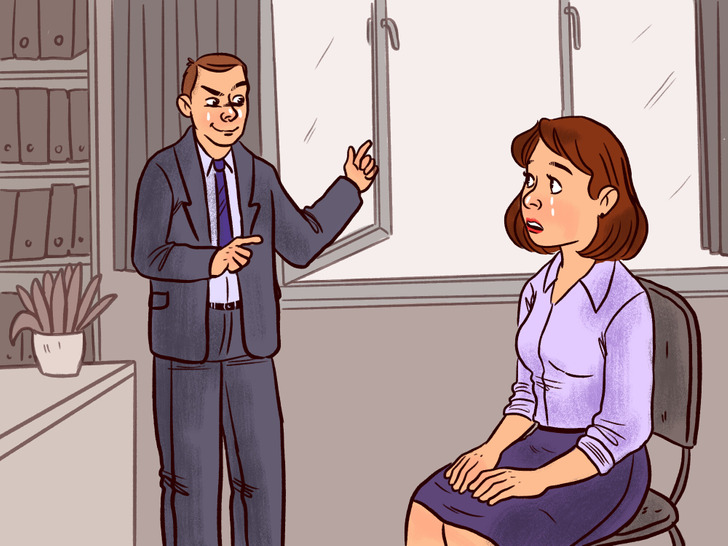
Job candidates may face unexpected challenges during interviews, such as an unconventional request like jumping out of a window. This is intended to test their creativity and ability to think outside the box.
To handle such a situation, one option is to climb up to the window and jump onto the office floor, as the request doesn’t specify where to land. Alternatively, a clever counter-question, like “What value would my jump bring to the company?” could be a strategic response.
These unusual requests provide an opportunity to demonstrate creative problem-solving skills, a trait highly appreciated by recruiters across various industries.
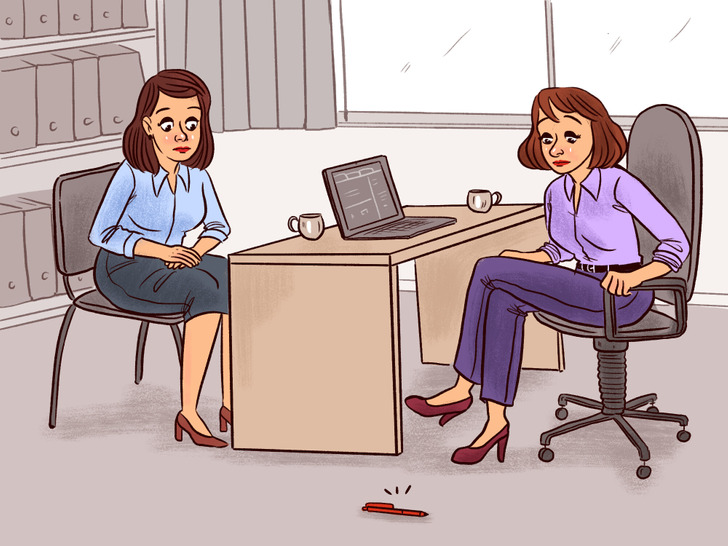
Another test employers may use to identify responsive and considerate candidates is dropping a pen and observing how the applicant reacts. If the candidate instinctively bends down to pick up the pen, it suggests they are likely to be hired for the job. On the other hand, if the applicant waits for the interviewer to pick it up, it may indicate they’re less likely to be selected.
You might be losing more money than you think — without even realizing it. Learn smart tips to cut down on unnecessary spending and make your belongings last longer.

